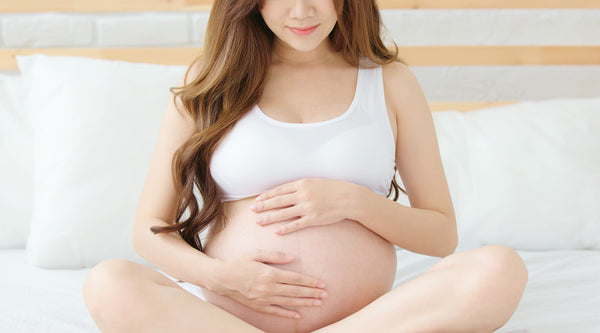Baby Positions Before Birth Explained

As you near your due date, the baby is also preparing to exit through the vaginal canal. How the baby is positioned is an important consideration to help you during labor. While the position of the baby, or ‘fetal presentation’ as it is called in medical terms, is more important for vaginal births, it is also relevant to decide whether you will need a C-section or any other assistance during the birth. .
When is the baby’s position checked?
Your health care provider will check the baby’s position more actively in the third trimester. Baby’s position will also be checked when you’re close to your due date, when your water breaks, and when you’re in active labor.
The baby’s position can be checked by ultrasound. Experienced health care professionals can also check the baby’s position through physical examination or internal examination.
Can the baby’s position change?
Your baby is constantly moving in the womb and you can feel his little legs kicking. However, as you get closer to your full term, the baby usually settles down. It is a baby’s natural instinct to come out when he is ready. However, the baby can change the fetal presentation even during delivery. So, for example, a baby who is face up at the beginning of labor may be face down at the time of actual birth.
Your health care provider or doctor may also try to change the baby’s position by externally applying pressure on your abdomen and encouraging the baby to change position.


Understanding different baby positions
Let’s understand the different positions your baby is in.
Leading position
What is this: Head down towards the cervix and face your spine
This position is the most common position for vaginal birth. It is also known as ‘occiput anterior’. This is also the easiest position to give birth naturally.
Posterior position
What is this: Head down towards the cervix and face your belly
In this position, the baby’s head is close to the cervix but it faces your stomach. If the baby comes out in this position, he will be born face up. Although this position is also quite suitable for a vaginal birth, babies sometimes roll over at birth and end up in the more common anterior position. This position is also known as ‘occiput posterior’.
Frank breech
What is this: The bottom of the baby is close to the cervix
In this position, the baby’s head is up towards your chest. At the same time, the baby’s legs are extended and curled in such a way that his feet are close to his face. So, eventually, the bottom of the baby is close to the cervix. This is a rather difficult position for a vaginal birth. If your baby is in this position, your doctor may suggest a C-section.


Complete tweezers
What is this: Feet down towards the cervix
In this position, the baby’s head is pointing upwards. However, her feet remain closest to the cervix. A breech baby will come out feet-first during vaginal birth. If your baby is in this position, you may feel kicking in your lower abdomen. Although it is not impossible to have a natural birth in this position, your doctor will be the best person to advise you in this case.
Incomplete buttocks
What is this: The head is up with one foot near the cervix and the other foot is placed near the baby’s face
In this position, one of the baby’s knees is bent and his feet are next to the bottom. The other leg is extended and the foot is next to his face. This is another uncomfortable position for childbirth and your doctor may recommend a C-section.
Single footling and double footling breech
What is this: One or both feet are pointing down and close to the cervix
In a single footling breech, one of the baby’s feet points towards the cervix and in double footling breech, both of the baby’s feet point towards the cervix. Depending on some other factors, your doctor will recommend the best method of delivery in this case.


Transverse lies
What is this: The baby is positioned horizontally
In this case, the baby is positioned horizontally in the womb. He can face up or down towards the cervix. In both cases, natural childbirth is very difficult and the doctor may recommend a C-section.
Oblique lie
What is this: The baby is positioned at an oblique angle
This position is slightly different from the transverse lie and the baby is positioned diagonally in the womb. Both the baby’s head and bottom are on different sides of your body.
What position is your baby in?
Your healthcare provider can tell you what position your baby is in. Although they can try to change the position of the baby before birth, the success of this method is not guaranteed. Fetal presentation is important to determine the best way to deliver the baby. However, remember that the safety of the baby and the mother is important. So, trust your healthcare provider to make the best decision for you.
Are you enjoying this post?
Feel free to share this with any mom. Join the community of moms today and receive weekly motherhood tips and tricks straight to your inbox. We’ll occasionally send you updates on new launches and exclusive events, and you’ll always be the first to know.





